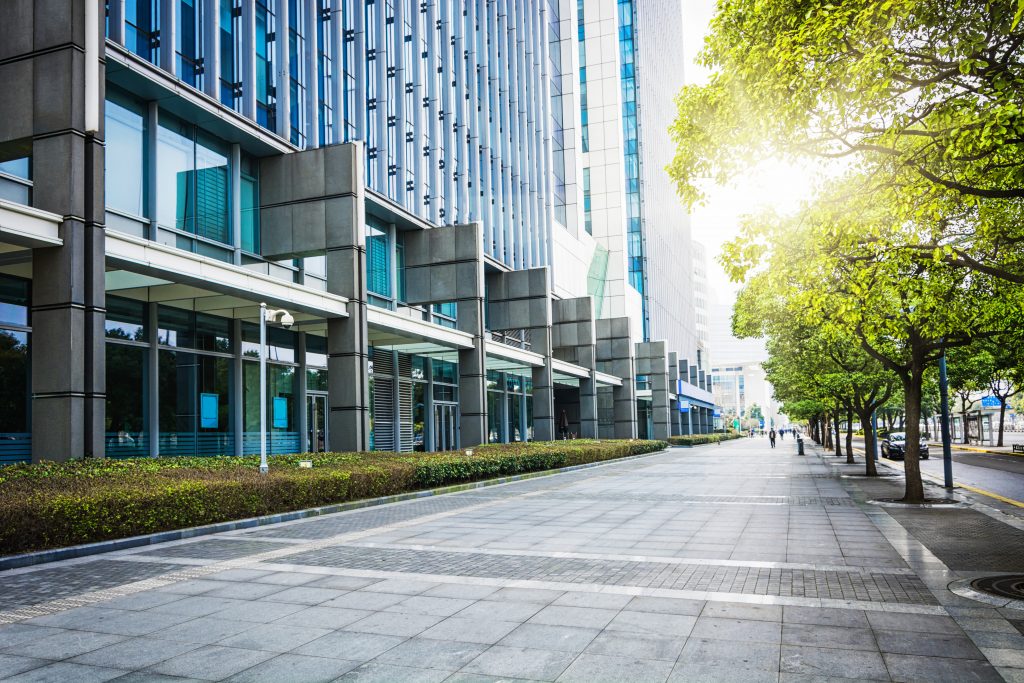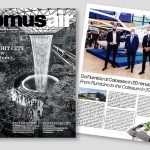The PNRR – National Recovery and Resilience Plan – represents a significant opportunity for development, investment and reform in various areas in need of improvement and innovation, to foster the country’s growth. Public Works and all the professionals involved in the sector have a central role in achieving the objectives of the Plan, which offers new opportunities and simplifications to facilitate its implementation and make the best use of resources, with a particularly positive outlook on digital and interoperable tools.
What is the PNRR and what is its purpose?
The PNRR aims to resume a path of sustainable and lasting economic growth by removing the obstacles that have blocked Italian growth in recent decades.
The Plan is part of the Next Generation EU (NGEU) programme, the €750 billion package agreed by the European Union in response to the pandemic crisis, which is combined with the resolution of the structural weaknesses of the Italian economy, to accompany the country on a path of ecological and environmental transition.
The Plan’s relaunch action is guided by the policy objectives and interventions shared at European level and is divided into 16 Components, grouped into 6 Missions:
- Digitisation, Innovation, Competitiveness and Culture
- Green revolution and ecological transition
- Infrastructure for sustainable mobility
- Education and research
- Inclusion and Cohesion
- Health
For the building, construction, engineering and architecture sector, some of the Missions are part of a broader plan for the country’s redevelopment and highlight the leading role of this sector in the NRP.
Opportunities for Public Works
The second Mission notes that Italian buildings account for more than a third of the country’s energy consumption and therefore the energy requalification of the public and private building stock represents one of the most relevant and efficient levers for reducing emissions. The transition is absolutely necessary to achieve long-term objectives, given the rapid consequences of climate change.
In particular, the Energy Efficiency and Renovation of Buildings component envisages investments of more than EUR 11 billion and is divided into three investment project lines:
- Efficiency in public buildings, which includes the Plan for the replacement of school buildings and energy requalification, the efficiency of judicial buildings and the simplification and acceleration of procedures for the implementation of energy efficiency interventions;
- Energy and seismic efficiency of private and public residential buildings – accompanied by Ecobonus and Sismabonus up to 110% for energy efficiency and safety of buildings;
- Development of district heating systems.
The fifth Mission also recognises the central role of the construction sector and focuses on urban regeneration and the recovery of social and environmental degradation, through, in particular, the construction of new public residential building structures and the re-functionalization of existing public building areas and structures. The main objectives are to improve the quality of urban decorum and of the social and environmental fabric, the renovation of public buildings and the transformation of vulnerable territories into smart and sustainable cities, limiting the consumption of building land.
Operators throughout the construction sector will therefore not only be key players in the mission to renew our housing stock and in the ecological transaction, but also in the actions aimed at improving the urban and social fabric of the country.
In order to be able to implement these initiatives, it is essential to remove bureaucratic obstacles and introduce measures to simplify procedures.
Image by Freepik
How to make the best use of resources? Simplifications for Public Works
The Plan also includes an ambitious programme of reforms to facilitate its implementation and contribute to the modernisation of the country and the attraction of investment within the given timeframe, i.e. 5 years.
In this case, the second section of the Plan comes to the rescue, which aims to improve the technical and managerial capacity of the Public Administration through specific interventions and targets the simplification of documents and the digitalisation of administrative procedures for construction and production activities.
In particular, important simplifications and, consequently, development opportunities for the construction sector are noted:
- “Simplification in the field of public contracts” for which “a special regulation on public contracts is introduced as a matter of urgency to reinforce the simplifications already launched, such as those providing for a maximum time limit for the awarding of contracts;
- ‘Simplifications in construction and urban planning and interventions for urban regeneration’ where it is acknowledged that the implementation of the Superbonus has encountered many obstacles related to the need to certify building compliance, citing ‘waits of up to 6 months for access to building archives’.
As specified above, in addition to large infrastructure investments, the NRP envisages thousands of medium- or small-scale public works, the so-called ‘sub-threshold’ works, represented mainly by school and social-health building projects and territorial and environmental redevelopment works.
It is therefore essential to simplify the rules on public procurement and concessions in order to ensure the efficient implementation of infrastructure and the revitalisation of construction activity. This simplification must cover not only the awarding phase but also the planning, programming and design phases. For the awarding of public works contracts, there is an interesting innovation: the admissibility of awarding the planning and execution of the relevant works also on the basis of the technical and economic feasibility project.
In order to meet these requirements and accelerate the interventions of the National Recovery and Resilience Plan, the Mims has published the Guidelines for the Technical and Economic Feasibility Project, which define the essential contents of the documents and documents that must be attached to the Pfte and are guided by these general principles
- simplification of procedures for the implementation of investments in green and digital technologies, as well as innovation and research, also with a view to achieving sustainable development objectives and increasing the degree of eco-sustainability of public investments and economic activities;
- provision of measures to ensure compliance with energy and environmental responsibility criteria when awarding public contracts and concession contracts;
- provision for national and territorial collective sector agreements concluded by the most representative employers’ and employees’ associations at national level;
- provision of measures to encourage the inclusion of micro, small and medium-sized enterprises in the construction phase;
- the introduction of digitisation inherent in the public investment processes envisaged by the NRP as part of the reform and reconfiguration of contracting authorities.
The theme of digitisation, highlighted in the last point, is increasingly central to making the most of the opportunities offered by the Plan, in fact the PNRR contracts will now give a further boost to the use of the BIM methodology in our country.
Image by Freepik
The rewarding role of BIM in procurement
“BIM plays a key role in the PNRR, to streamline procurement procedures and works,” reports Alessia Rotta, President of the VIII Commission of the Chamber of Deputies (Environment, Territory and Public Works).
Indeed, digitalisation and innovation are part of the three strategic axes of the Plan, shared at European level, and to promote these processes, the use of cloud environments, interoperable tools, and BIM technologies to speed up and streamline public procedures is envisaged.
Moreover, it should be noted that contracting authorities may introduce, as part of the criteria for awarding the tender, bonus scores for the use of specific electronic methods and tools, and therefore the BIM methodology is subject to bonus scores.
The PNRR may give the right impetus to the use of BIM in Italy. In fact, all over the world the demand for building works or infrastructures is closely linked to the speed of realisation and efficiency of design works, where the PNRR will be one of the national drivers in the next 5 years.
BIM will be able to help the implementation of a plan to revise infrastructure and public building works and, vice versa, the use of BIM will be spread in a more conscious and profitable way.
Would you like to receive more information or tell us about your project? Contact us:




